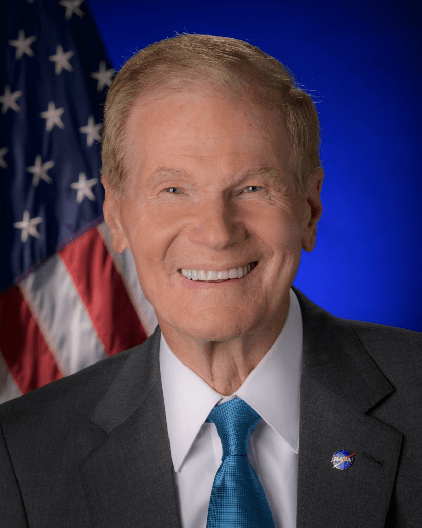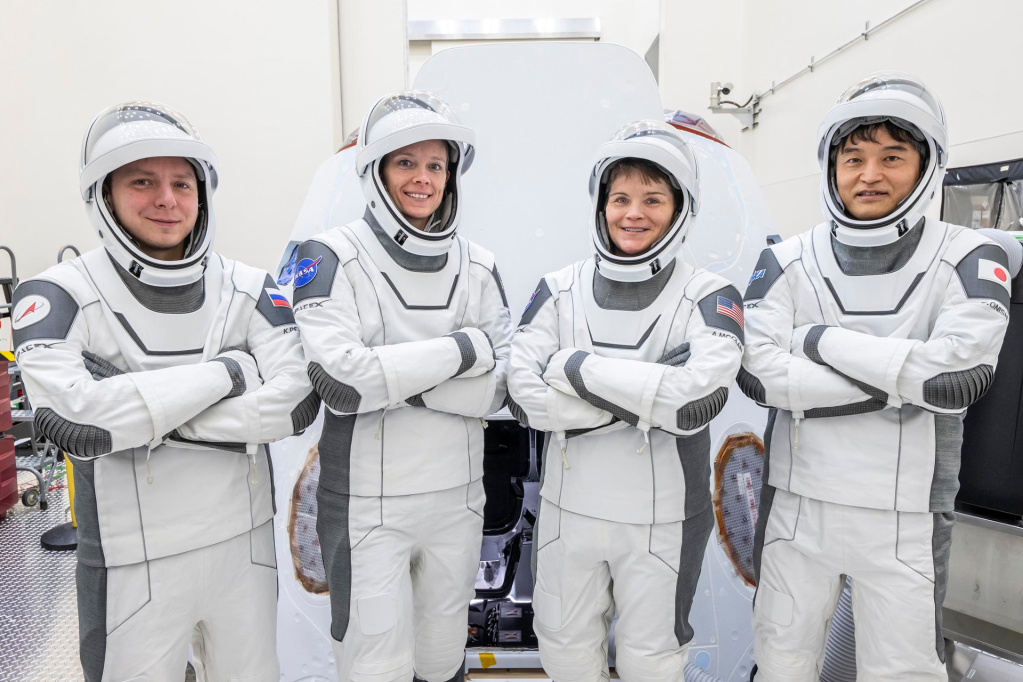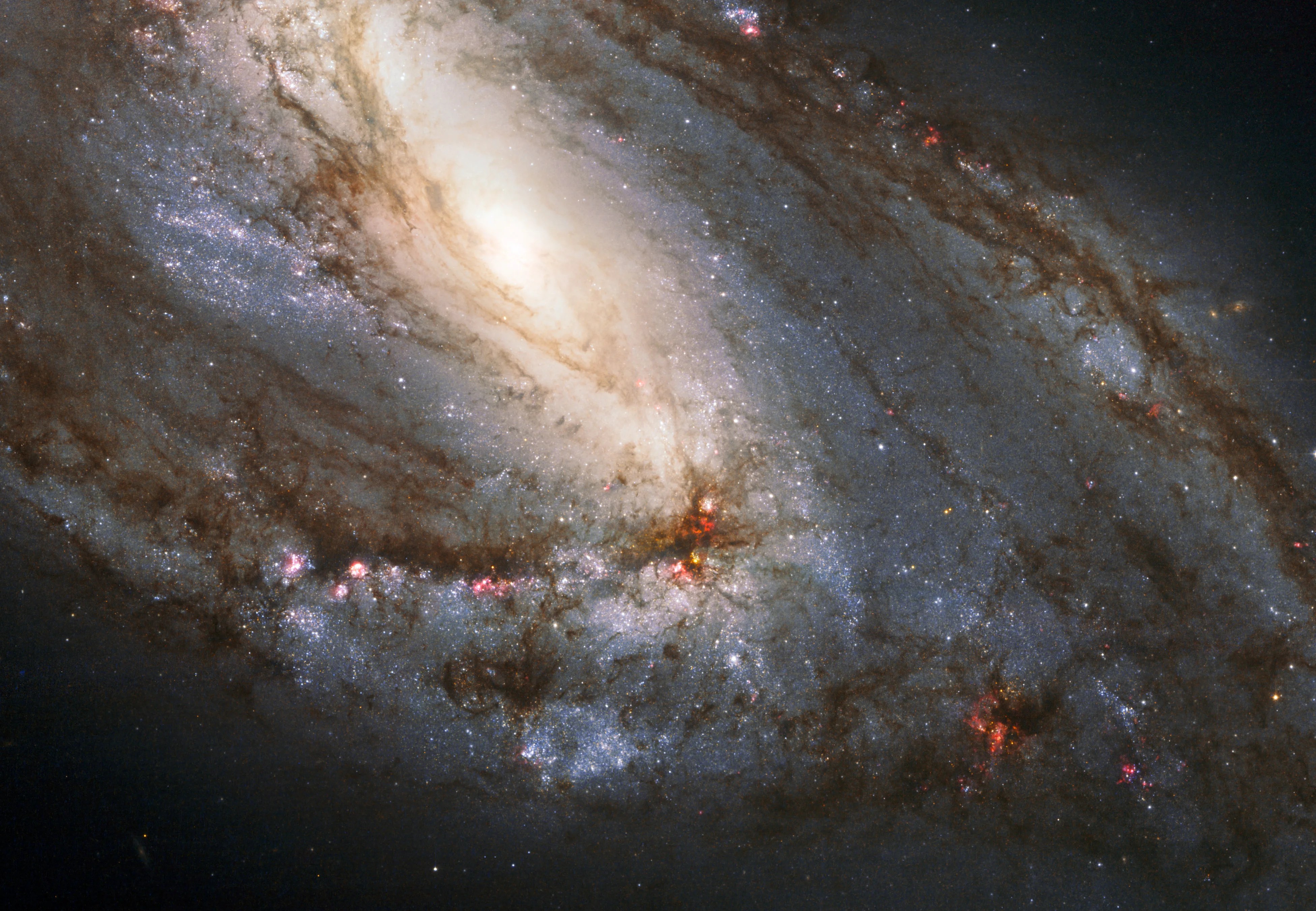
Bill Nelson
NASA Administrator ( May 3, 2021–January 20, 2025)
As the 14th NASA administrator, Sen. Bill Nelson led America’s space agency from May 3, 2021, to Jan. 20, 2025. In that capacity, Nelson carried out President Joe Biden and Vice President Kamala Harris’ vision to propel American leadership on Earth, in the skies, and in the stars, for the benefit of all.
Under Nelson’s leadership, NASA made leap after giant leap to explore, discover, and inspire – leading the world into a golden age of space-driven exploration, innovation, and collaboration – all while bringing real, tangible, and substantial benefits to the American people and to all of humanity.
A fifth-generation Floridian whose ancestors came to Florida in 1829, Nelson represented the state for 18 years in the U.S. Senate and 12 years in the U.S. House of Representatives. He served on key committees, including as ranking member of the Senate Commerce Committee and chairman of the Subcommittees on Science and Space in both the Senate and the House.
During NASA’s tenure, the NASA teams achievements included the below, among others.
NASA launched the Artemis I uncrewed flight test. The first integrated test of NASA’s deep space exploration systems – the Orion spacecraft, the SLS (Space Launch System) rocket, and supporting ground systems – the Artemis I mission marked a critical step in America’s work to lead the world back to the Moon, onward to Mars, and into a new era of space exploration.
By preparing NASA for Artemis II and subsequent missions – and commissioning a new generation of lunar landers, spacesuits, and rovers – NASA laid the foundation for the American astronauts of a new century to set foot on the surface of the Moon. Tapping into the power of commercial and international partnerships, NASA’s Artemis campaign has opened the door for new possibilities in long-term human space exploration.
In addition, to study the Moon in a full and comprehensive way, NASA worked with its commercial partners to launch the first three CLPS (Commercial Lunar Payload Services) flights. These CLPS flights included the first lander built by a private company to make a soft landing on the surface of the Moon, marking the return of the American flag to the lunar surface for the first time since the days of Apollo.
NASA launched the James Webb Space Telescope – the largest, most powerful, and most complex telescope ever launched into space. Peering into the faraway corners of the cosmos, unlocking celestial secrets about the origins of our universe and the formation of the heavens, Webb is the gift that keeps on giving – with each image not only revealing the majesty of the universe but representing the power of the international partnerships among the 14 nations that helped to build, launch, and operate Webb. NASA also moved closer to a new generation of space telescopes – such as by making strides towards completing the Nancy Grace Roman Space Telescope and by unveiling plans for the Habitable Worlds Observatory.
NASA achieved a number of feats in science and innovation across the solar system. Among many firsts, NASA launched humanity’s first successful test in planetary defense through NASA’s DART mission, executed the first U.S. mission to collect a sample from an asteroid through OSIRIS-REx, made the first controlled flight on another planet through landing and operating the Ingenuity Mars Helicopter, uncovered a series of discoveries through the Mars Perseverance rover, and launched the largest spacecraft ever developed for a planetary mission – the first that will explore Jupiter’s frozen moon Europa for the ingredients of life – through Europa Clipper.
NASA initiated the DRACO program, a partnership with DARPA to develop and demonstrate advanced nuclear thermal propulsion technology. NASA also made its first investments in nuclear electric propulsion. Both technologies are critical to extending human presence to Mars and across the solar system.
NASA also deepened its work to study our changing planet, expanding the agency’s fleet of Earth-observing satellites and instruments. NASA’s new Earth-observing missions under Nelson included, among others, missions to study the air we breathe (TEMPO), the waters we share (PACE and SWOT), tropical cyclones (TROPICS), mineral dust and methane leaks (EMIT), and Arctic conditions including rising temperatures (PREFIRE). NASA announced the Earth System Observatory, a new set of Earth-focused missions to provide key information to guide efforts related to climate change, disaster mitigation, fighting forest fires, and improving real-time agricultural processes.
To make the data from NASA’s Earth observations more accessible, actionable, and available to all – from farmers in the field to policymakers addressing climate change – NASA launched Earth.gov, designed as a one-stop shop for NASA and its partners’ game-changing data, and opened two Earth Information Centers: one at the Smithsonian Museum for Natural History and another at NASA’s Headquarters in Washington.
NASA also launched eight commercial crews to the International Space Station, ushering in a new era of commercial partnerships. Aboard humanity’s orbiting laboratory, the crews continued to conduct groundbreaking research, including on cancer treatment – which has changed the way that some cancer drugs are administered, improved the lives of patients and their families, and supported President Biden’s Cancer Moonshot initiative. NASA continued to collaborate with our International Space Station partner agencies: CSA, ESA, JAXA, and Roscosmos.
Believing that we find common ground when we look to the stars, Nelson leveraged NASA and space’s special power to bring nations together to advance space diplomacy and promote American values. Forty-three new nations signed the Artemis Accords, a set of commonsense principles to guide the peaceful exploration of outer space. To date, more than 50 nations – over a quarter of the nations of the world – have signed the Accords, a testament to Nelson’s belief that discovery is good for diplomacy and diplomacy is good for discovery. In addition, Administrator Nelson and Deputy Administrator Pam Melroy traveled to over 25 countries under their tenure, and Nelson met with nearly 20 heads of state.
Proud that the first “A” in NASA stands for aeronautics, Administrator Nelson also furthered the development of the X-59, including NASA’s reveal of the X-59 supersonic aircraft design, and started the development of the X-66 aircraft, a milestone in sustainable flight. Taken together, these aircraft will transform how we fly – enabling a future in air travel that is leaner, cleaner, quieter, farther, faster.
NASA broadened its efforts to inspire the students of the Artemis Generation – and communities from every background across every corner of the world – to engage in science, technology, engineering, and mathematics, and to look to the stars.
As administrator, one of Nelson’s top priorities was a continuity of purpose – a focus on ensuring that NASA, as an agency with a nonpartisan mission and that earns broad bipartisan support, continued to do what it does best: explore the unknown in air and space, innovate for the benefit of humanity, and inspire the world through discovery.
Nelson’s service at NASA marked the latest chapter in nearly five decades of public service.
A fifth-generation Floridian whose ancestors came to Florida in 1829, Nelson represented the state for 18 years in the U.S. Senate and 12 years in the U.S. House of Representatives. He served on key committees, including as ranking member of the Senate Commerce Committee and chairman of the Subcommittees on Science and Space in both the Senate and the House.
In Congress, Nelson was considered the congressional leader for our nation’s space program, a strong advocate to combat climate change, and a proponent for career training and education programs in science and technology to create more good-paying American jobs. During Nelson’s three terms as a U.S. senator, nearly every piece of space and science law has had his imprint, including the landmark NASA Authorization Act of 2010 that he authored with Senator Kay Bailey Hutchinson (R-TX). This law mapped out a new future for America’s space program and set NASA on its present dual course of both government and commercial missions.
In 1986, he trained and flew with the crew of the Space Shuttle Columbia, mission STS-61C, the 24th flight of the Space Shuttle. They orbited Earth 98 times in six days and Nelson conducted 12 medical experiments, including the first American stress test in space on a treadmill and a cancer research experiment sponsored by university researchers.
His public service career began in 1972, with his election to the Florida Legislature. During his three terms, he helped enact the nation’s first state law to protect consumers from computer fraud and the first local government growth management law.
Nelson graduated from Yale University and the University of Virginia School of Law. He is a member of the Florida Bar Association. He served on active duty for two years in the U.S. Army, rising to the rank of captain. Nelson and his wife, Grace Cavert, have two children.

























